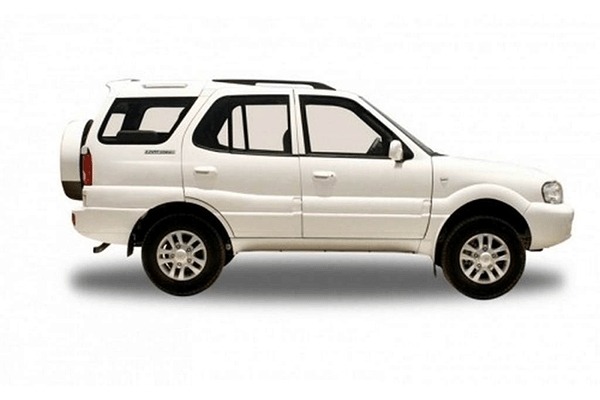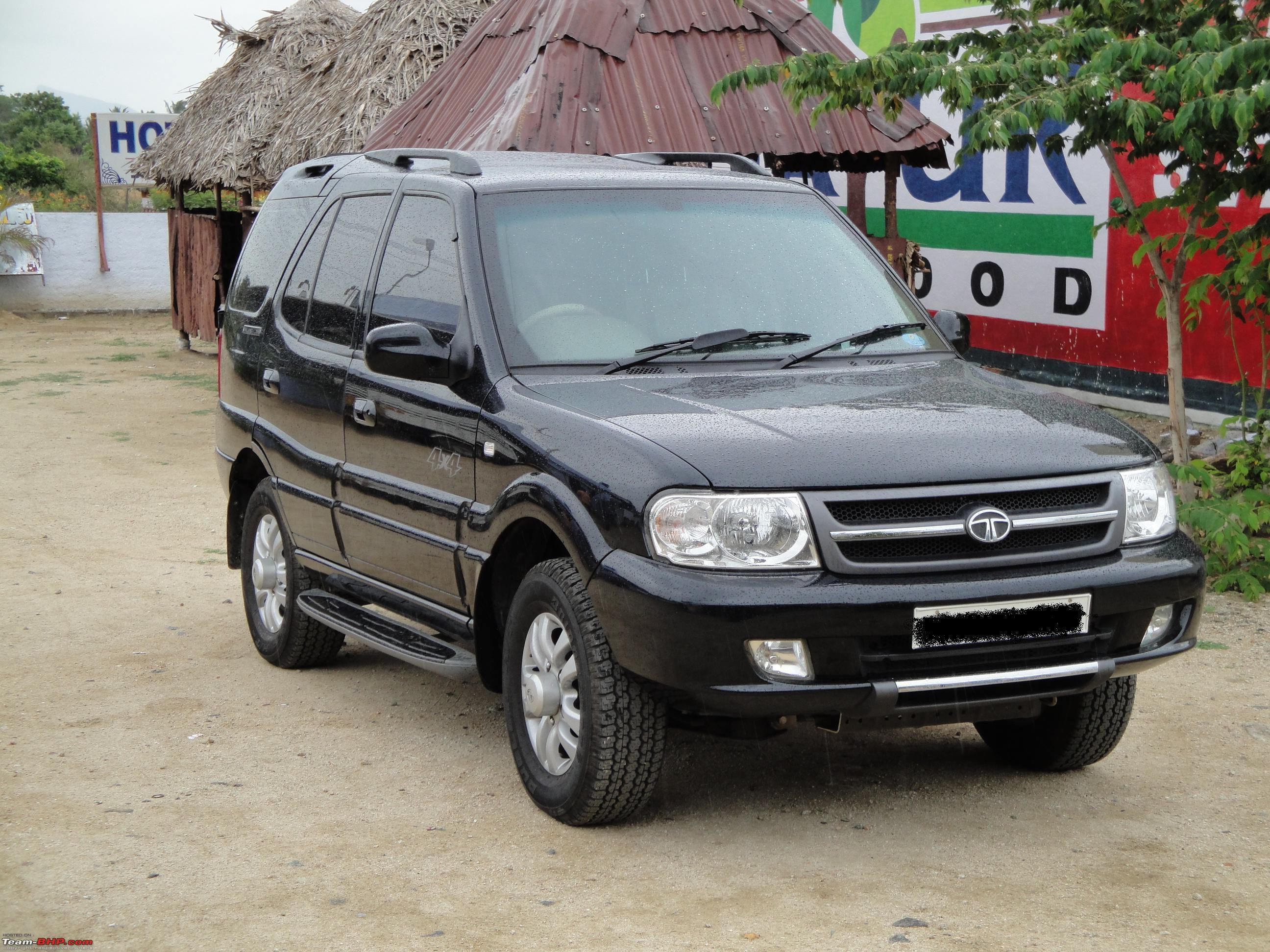

Simply put, it had enough reasons going against it. Safari owners would tell you their wage but never their mileage. It was heavy, very heavy and could give you a heart attack if you dare attempted a lane change at highway speeds. It had a tall floor plan riding on relatively narrow tracks. There was this feeling of unintentional exclusivity which brought us Safari owners together, and on the roads, we were the only ones who saw eye to eye, quite literally. It was built, like all stuff of legend, slow and steady by the old Safari owners, like this author, who put big bucks on a taxi brand and brought home a Safari and kept it on the road, despite more popular options that flew off the shelves. Speaking of which, we must remember that the legend of Safari was not made in a day. Maybe in a vain attempt, to somehow differentiate it from that legendary Safari. I am still not able to refer to the Safari'21 without a prefix or a suffix. It's a good three row car and seems to tick a lot of boxes for a lot of folks.īut there's a small problem. The New Safari has received a lot of traction in the market and our forum, especially after the Gravitas was rechristened the Safari, at the last moment (don't try Tata, we know). In this season of vaccines, Tata has also got a shot in its arm with the launch of its newest flagship, the Safari '21. Today's Safari boasts twice as much of those figures, rides on bigger wheels and even lets you see the sky while you drive. Popping the hood of the first generation Safari, riding on 15" radials, we would find a 2 litre Peugeot turbo diesel XD88 putting out 90 PS and 186 Nm. It was solely and squarely pointed at a particular kind of discerning customer. If it did, it wouldn't have been the icon it is today.

The Safari was not cheap, it was not built to cater to the masses. It elevated Tata's stature, just like the car, to a new high. The name Safari was never meant to be the mass market cash cow for the company. It was even exported to the UK in the subsequent year. The 4x4 badge and hardware, coupled with generous ground clearance completed the off-road package. The Safari with its contemporary European lines, tall stance and roomy interiors instantly identified it as an aspirational SUV. The SUV was a breath of fresh air above the din of small cars flooding the market both home grown and from overseas. The Safari completed Telco's trident "Si-Su-Sa" ( Sierra'91, Sumo'94) The Safari was launched at a whopping 8.25 lacs, back then (This is 1998, Petrol was 23 Rs/Litre) And people still bought it. Tata launched the Safari, as the first Made in India 4x4 SUV in 1998.
#TATA SAFARI OLD PDF#
A gasoline-powered version was also available but offered an awful fuel efficiency.(To read the full mag article click the pdf attached at the end of the post, Car&Bike International, January 1998)

#TATA SAFARI OLD UPDATE#
Under the hood, the most significant update was the naturally aspirated 3.0-liter diesel for the home market and a PSA-sourced 1.9-liter turbo-diesel powerplant. But, despite the decent design, the material's quality was not among the best in class. The carmaker installed two large dials for the speedometer and tachometer and two gauges for the fuel level and coolant temperature in the instrument panel. The dashboard featured a clean design with aluminum-like trims on the center stack. Inside, Tata installed a five or seven seats interior, with two jump-seats behind the rear bench. Its roofline featured a higher area over the trunk, resembling the Land Rover Discovery I, but that raise was needed to make room for additional passengers. A set of body-colored plastic moldings enhanced the car's look on the sides, along with a set of side steps. Its horizontal headlights featured corner-mounted turn signals with clear lenses. The car received new, wrapped-around plastic bumpers and a redesigned grille with a chromed surrounding on the outside. In 2005, the carmaker brought a second generation, which mainly looked like the first generation, but with better engines. Still, the carmaker continued producing it for its home market, where it checked the top of the sales charts in its segment. It was an instant success and, thanks to the 2.2-liter turbo-diesel version, it made it on the European continent, where its sales were slow. The Safari came on the Indian market in 1988, and it was the first original Indian SUV. Tata Motors was far from reaching international credits in 2005 when introducing the facelifted version for the Safari SUV model.


 0 kommentar(er)
0 kommentar(er)
